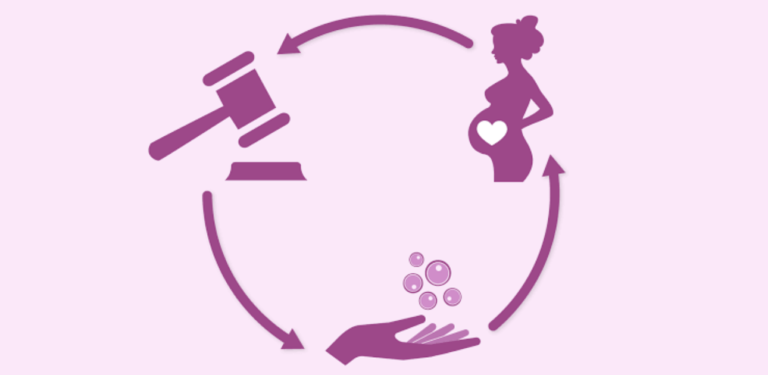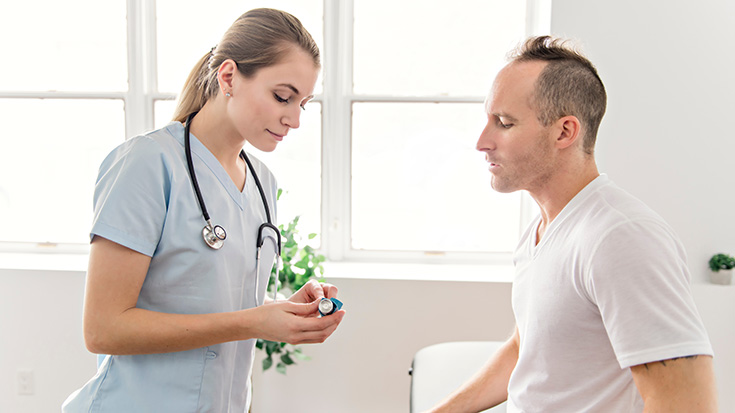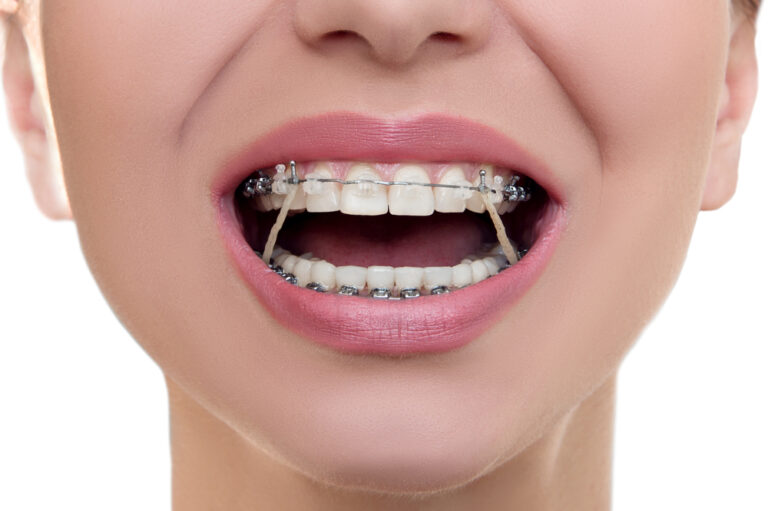Ever feel too stressed out? Find yourself always worrying about things you can’t control? You’re not alone. Many people worldwide struggle with everyday stress. A great way to tackle this is through meditation.It’s an effective way to reduce your stress levels and help you be more mindful of the present moment. Add in ritual spell kits and you can take this calm focus to a new level of life changing energy. Here are some ways meditation can assist with your daily stress.
- Meditation Boosts Focus
When you meditate, you’re training your mind to concentrate. This helps you stay aware of the present and not get distracted by outside things or worries. You can focus on a specific thought or sensation, like your breath. This keeps your mind from wandering into anxious thoughts. Using meditation apps, like the ones from Enhanced App, can be very helpful if you have trouble focusing. These apps keep you on track with your meditation.
- Meditation Teaches Letting Go of Stressful Thoughts
While meditating, stressful thoughts might pop up. The key is learning to let them go without getting too caught up in them. It’s tough at first, but it gets easier with practice. Releasing these thoughts lets you stay focused on the present and avoid feeling overwhelmed by stress. Remember, it’s normal to have these thoughts, and you don’t need to judge yourself for them.
- Meditation Lowers Stress Hormones
Scientifically, meditation reduces stress hormones like cortisol. Cortisol releases during stress, and lower levels mean less overall stress in your body. This positively affects your mental and physical health. If you’re overwhelmed by stress, take time to meditate and reduce your stress hormones.
- Meditation Boosts Self-Awareness
With meditation, you become more aware of your thoughts, feelings, and emotions. This self-awareness helps you recognize stress triggers and manage them better. It lets you take control of your responses instead of reacting in unhelpful ways. Mindfulness meditation also helps you notice how your body responds to stress, aiding in relaxation and reducing muscle tension.
Meditation is a great tool for dealing with daily stress. It helps you focus, let go of stressful thoughts, lower stress hormones, and enhance self-awareness. If you’re feeling overwhelmed, try mindful meditation to improve your mental and physical health. With regular practice, you’ll experience the many benefits of meditation. Give it a shot today and start lowering your stress levels!










